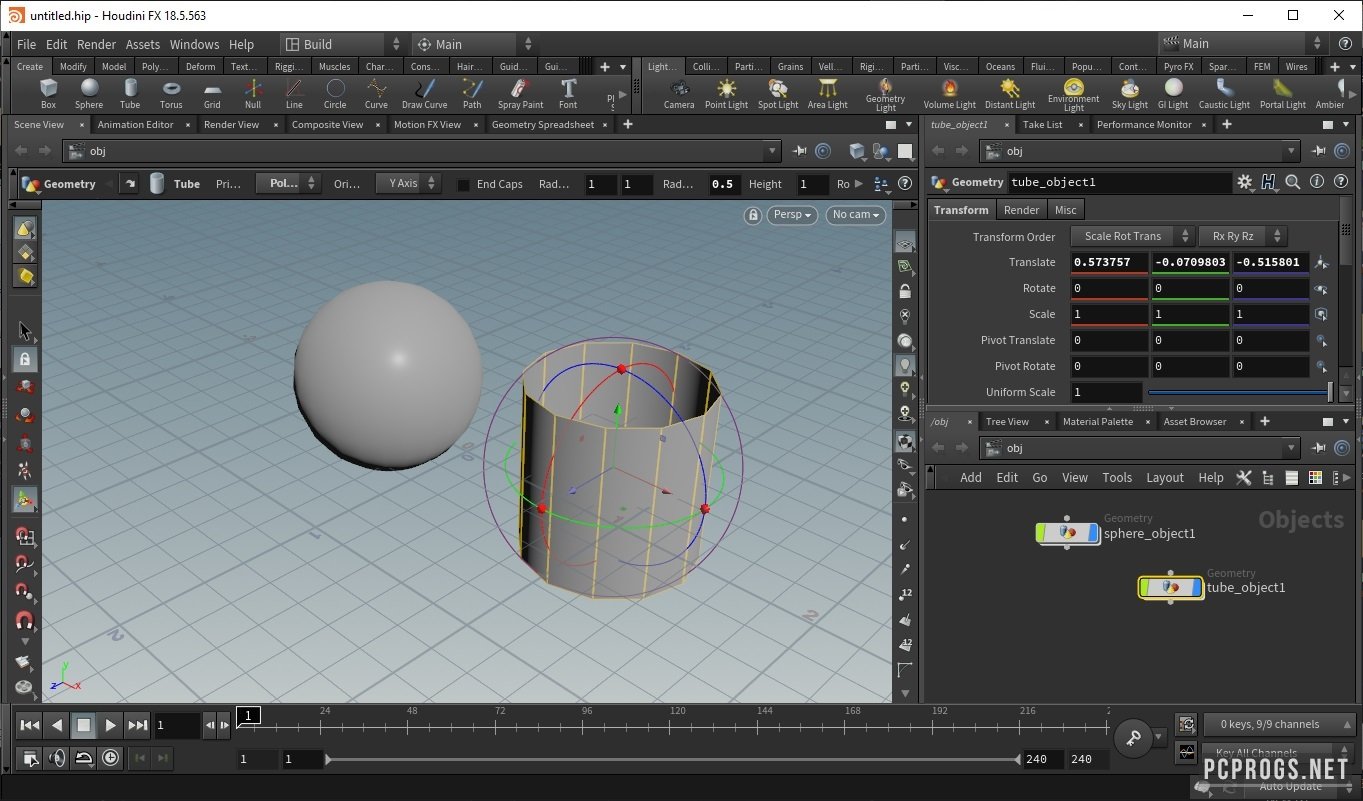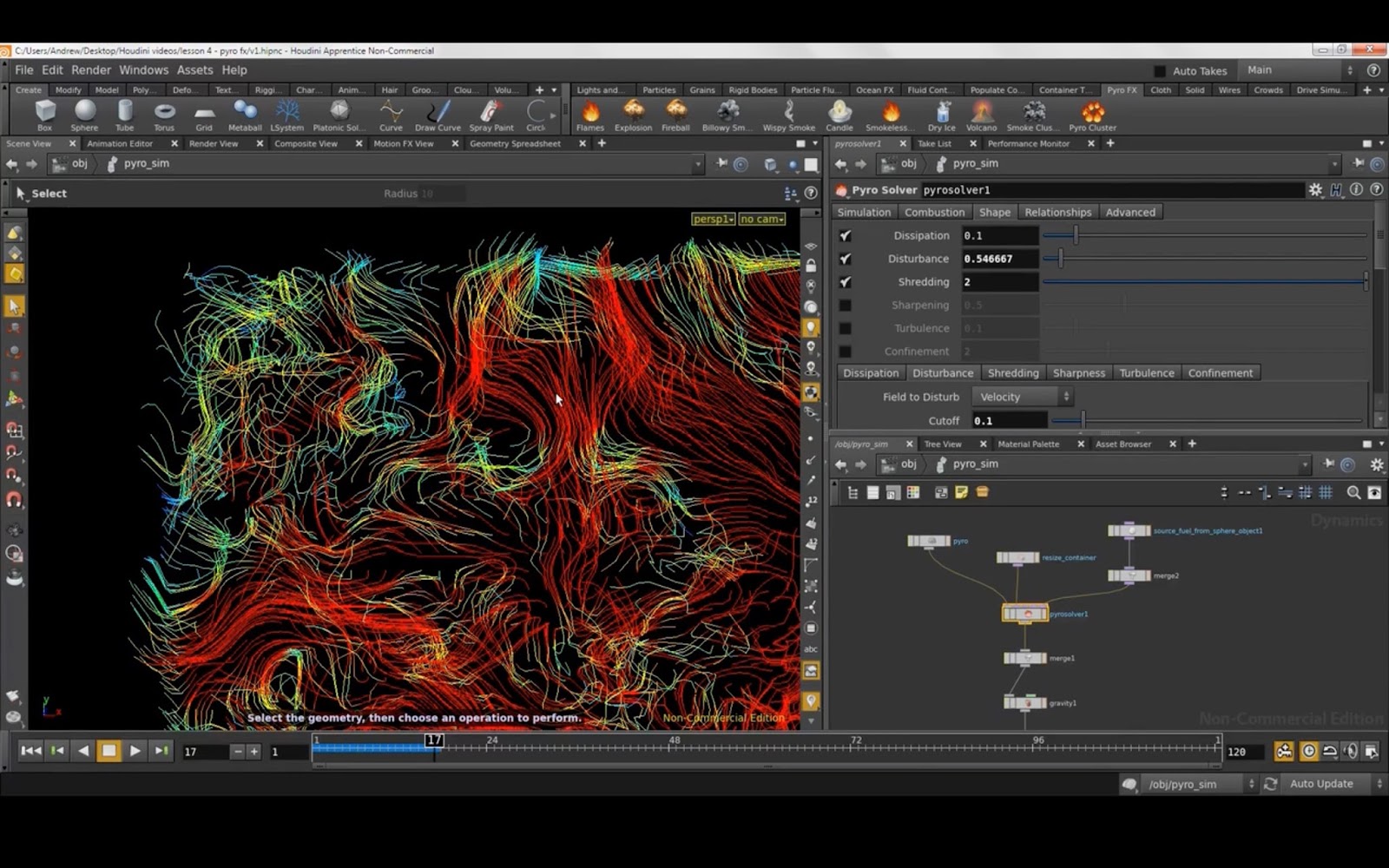

Some of its procedural features have been in existence since 1987.
#Houdini sidefx plans license#
The procedural tools are used to produce different effects such as complex reflections, animations and particles system. Section 1.4: We plan to remove IP masks on licenses in the future to make license management easier.
#Houdini sidefx plans how to#
Create these digital assets without writing any code then share them with other Houdini artists. Houdini is a 3D animation software application developed by Toronto-based SideFX, who adapted it from the PRISMS suite of procedural generation software tools. Learn how to use Houdini, SideFX Labs tools, and Unreal Engine to create a complex and detailed lightning strike attack FX.

Instead of simply reacting to issues and problems, you will be able to plan ahead and visualize and refine your pipeline.Ī big benefit of Houdini’s node-based approach is the ability to encapsulate node networks into custom nodes that are shareable. Whether you are setting up a shot or building a game level, Houdini lets you create tools that can be reused many times during a project’s life cycle. This directability is retained throughout the creative process and can be used to make last minute decisions that would be too costly in a traditional CG pipeline. GridMarkets and SideFX partnered to design an industry leading Houdini 3D render and 3D simulation cloud service that removes rendering bottlenecks and. Houdini lets you make creative decisions deep into production as changes made to Houdini nodes cascade through the network to create a new and unique result. Effects are typically designed to react to actions taking place in a shot and a procedural solution “automates” these reactions providing studios with more creative control and more rapid turnaround. Visual effects artists gravitate to Houdini because its procedural workflow is ideal for creating sophisticated particle and dynamic simulations. Houdini let’s artists explore different creative paths because it is easy to branch off a new node to explore alternative solutions. Rental costs are 1,995 USD annually and 255 USD monthly for Houdini Core Local Access Floating licenses and 4,995 USD annually and 625 USD monthly for. Behind the scenes, Houdini builds up the nodes and networks for you. While the nodes are what makes Houdini unique and give it power, there are lots of viewport and shelf tools that allow for artist-friendly viewport interactions. The ability for nodes to be saved and to pass information, in the form of attributes, down the chain is what gives Houdini its procedural nature. These nodes are then “wired” into networks which define a “recipe” that can be tweaked to refine the outcome then repeated to create similar yet unique results. In Houdini, every action is stored in a node. The most interesting ones are probably the middle process where the 3D model is starting to form shape, the last 2min of the 3D print where the 3D print is about to finish, and in another video when the 3D print is completely finished and I remove the supports.Houdini is built from the ground up to be a procedural system that empowers artists to work freely, create multiple iterations and rapidly share workflows with colleagues. These videos shows different timelines of the printing process.

set Max Distance to very low number like 0.001. create Grid that represents your seed points (you can even set Prim Type to Points) 2.

If you never heard of 3D printers, I have a few videos that I posted a year ago when I was printing out a 3D model I designed in zbrush. also if you care about exact placement of your grid points (or any planar set of points) 1. SideFX has begun releasing the custom Houdini tools it developed for Project Titan, its in-house tech demo intended to test workflows for building 3D environments inside Unreal Engine 5 from procedural 3D content.
#Houdini sidefx plans free#
Resin is expensive! The difference of printing a completely solid object and a hollow one can be very cost efficient. Scroll down for news of the new free Project Titan tools. If you ever 3D printed an object using a resin printer, you’ll appreciate the hollow interior and thickness of the 3D model. And it does this layer by layer and hour later, you’ll have a 3D printed object. FDM machines are the ones that have a high temperature nozzel that melts spaghetti like filament through a hole and onto a build platform that is also heated. My plan is to have a JJB macro that can be called for any projects that want to. There are mainly two main types of 3D printers out in the consumer market today (at the time of writing this), resin printers and FDM printers. API for Houdini versions (daily and production builds), so it should.


 0 kommentar(er)
0 kommentar(er)
